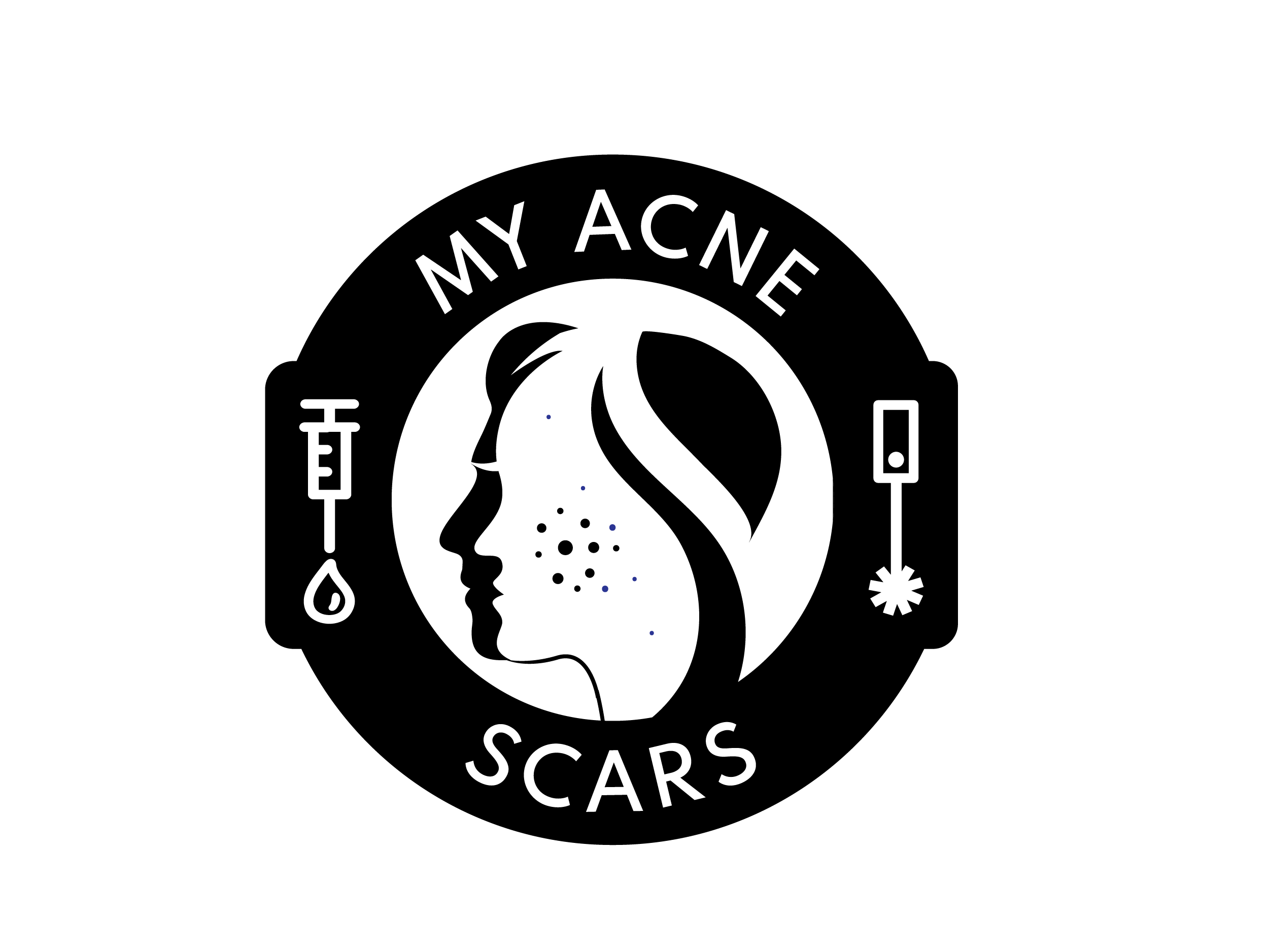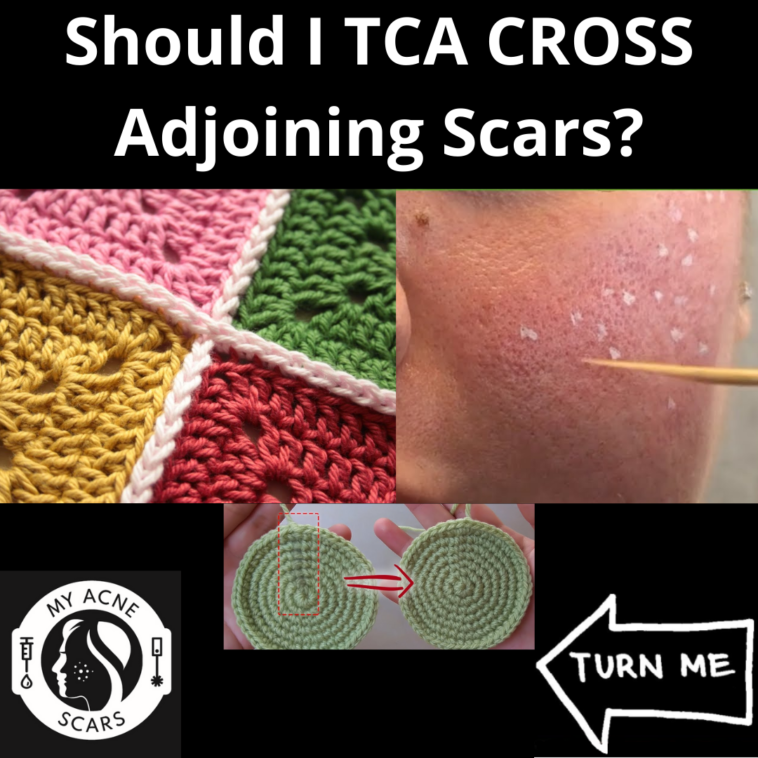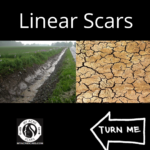TCA CROSS is using trichloracetic acid (TCA) to perform chemical reconstruction of scarred skin. It is performed by cosmetic dermatologists as one method to treat scars and is not the only solution for a scar type (scar treatment must be customized). Originally developed by a cosmetic surgeon in Korea.
It “can” be used for large pores, icepicks, linear scars, some boxcars, and tiny textural scars. It’s inexpensive, safe, and efficient, but is not always effective.
TCA is only applied to the scar and not the surrounding skin. TCA ‘scars the scar’- namely TCA breaks down the scar and denatures collagen, stimulating new collagen to ‘fill in’ the scar. The deep the scar the better it works. Collagen stimulation takes 3-4 months.
Can TCA CROSS be used on Adjoining (nearby) Scars or Pores?
No TCA Cross should not be used on nearby scars and pores. The reason is they will join and make one big scar or pore. Great effort must be taken to not get the acid outside of the scar floor or to sloppily place it on the face as it can cause damage as high % are used often at 100%.
What should you do if you have close scars or pores?
You should alternate treatments so only one of the nearby scars is treated and wait on the others (rotate treatment at another time) allowing proper healing. It’s all about the Dr’s skill. TCA CROSS is not easy to perform like is often thought on social media, this is why some people complain of side effects and poor treatment. Below is a picture of a proper application to scars. There was a chance because of close proximity some of these scars might have joined so risk was involved and I suggest most people do not treat nearby adjoining scars at the same time.






